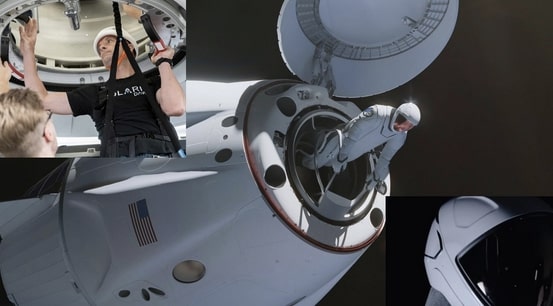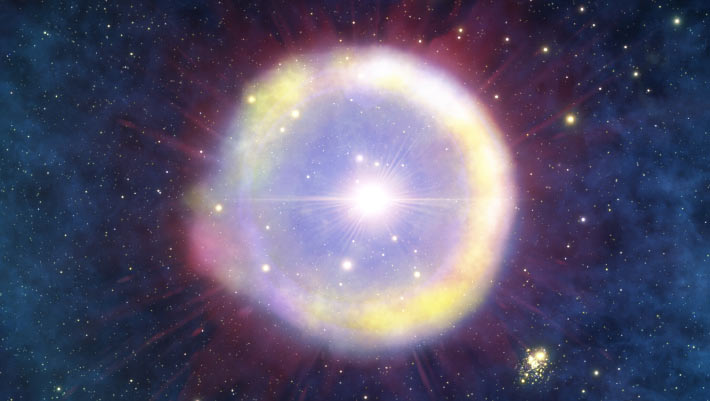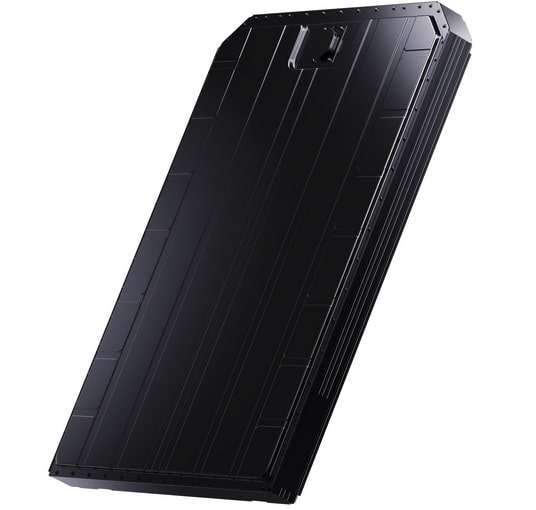Now Reading: SpaceX to Lead Lunar Missions Following Artemis 3
-
01
SpaceX to Lead Lunar Missions Following Artemis 3
SpaceX to Lead Lunar Missions Following Artemis 3

Speedy Summary
- SpaceX’s Falcon 9 and Crew dragon system may replace NASA’s SLS and Orion for lunar missions due to cost-efficiency and sustainability.
- Proposal highlights replacing NASA’s Orion capsule with a modified “Gray Dragon” for deep-space missions using existing SpaceX technology.
- The Falcon Heavy can deliver an upper stage with propellant into low Earth orbit (LEO), supporting lunar transfers and crew return.
- An alternative plan integrates Crew Dragon with the Starship Human landing System (HLS), avoiding extensive modifications to Dragon. Astronauts would transfer from Crew Dragon in LEO to HLS, which would take them to the Moon and back; they re-enter Earth aboard Crew Dragon.
- Leveraging past SpaceX projects like “Red Dragon,” further upgrades-such as an enhanced heat shield and SuperDraco engines-could adapt current technologies for deep space. Though,upgrading technology requires additional time,funds,and testing.
- estimated mission costs: SLS + Orion at ~$5.5 billion per mission versus a combined Falcon 9/Heavy + Gray Dragon costing ~$500 million per launch including potential upgrades.
- Utilizing reusable systems like Starship HLS could drastically increase cost efficiency for sustained lunar operations.
Indian Opinion Analysis
India’s renewed focus on expanding its capability in space exploration makes developments in global private-sector-led efforts especially relevant domestically. By demonstrating dramatic reductions in cost via reusable infrastructure like SpaceX’s Starship or Falcon assemblies, these methods highlight opportunities that India might study or adapt within its ISRO programs or private collaborations under IN-SPACe frameworks.
Such innovation-driven approaches not only enhance competition but also establish benchmarks that emerging players must consider to remain globally competitive without overspending national budgets disproportionately on flagship governmental projects such as chandrayaan or Gaganyaan missions.Read More























